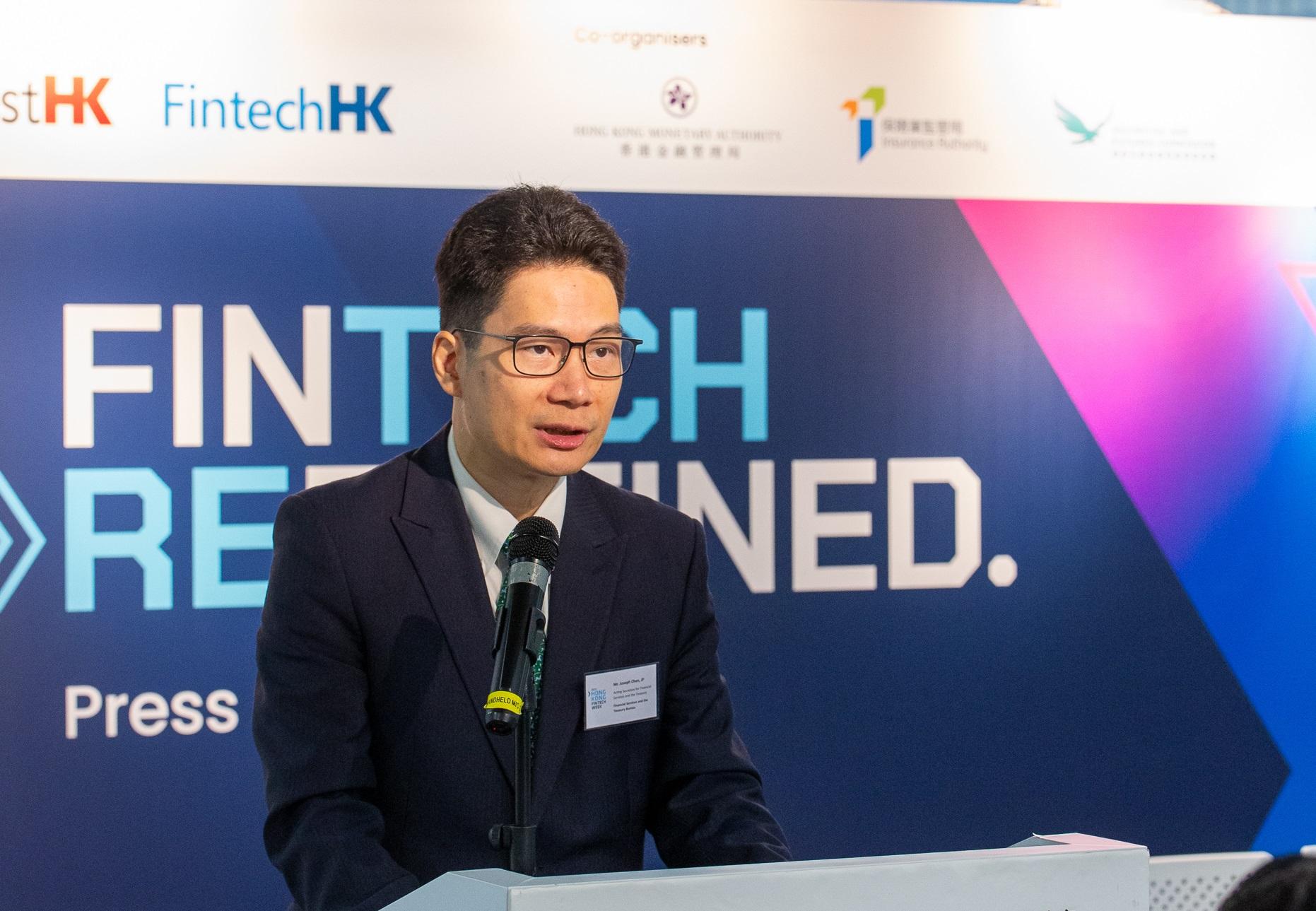LCQ21: Sale of Tenants Purchase Scheme flats
Following is a question by the Hon Andrew Lam and a written reply by the Secretary for Housing, Ms Winnie Ho, in the Legislative Council today (October 18):
Question:
Regarding the sale of Tenants Purchase Scheme (TPS) flats, will the Government inform this Council:
(1) of the following information on each TPS estate as at August 31, 2023: (i) the property age, (ii) the total number of flats for sale, (iii) the number of unsold flats, and (iv) the percentage of unsold flats in the total number of flats for sale;
(2) of the respective numbers of TPS flats (i) sold back to the Hong Kong Housing Authority, (ii) sold to eligible purchasers in the Home Ownership Scheme Secondary Market, and (iii) sold, let or otherwise assigned in the open market in the past three years; and
(3) whether it has reviewed the sale of TPS flats; if so, of the details; if not, the reasons for that; whether it has gained an understanding of the reasons why tenants of TPS estates have not bought the flats in which they live?
Reply:
President,
Reply to the question raised by the Hon Andrew Lam is as follows:
(1) As at end June 2023 (Note 1) , the age and sales positions of the 39 Tenants Purchase Scheme (TPS) estates are seen in Annex.
(2) TPS flat owners may choose to sell their flats back to the Hong Kong Housing Authority (HA) within the first five years from the date of first assignment from the HA. Figures on TPS owners selling their flats back to the HA, TPS flat transactions in the Secondary Market, and TPS flat transactions in the open market (Note 2) in the last three years are as follows:
| Year | No. of cases where TPS flat owners sold their flats back to HA | No. of TPS flat transactions in the Secondary Market | No. of TPS flat transactions in the open market |
|---|---|---|---|
| 2020 | 2 | 620 | 112 |
| 2021 | 3 | 817 | 190 |
| 2022 | 2 | 517 | 150 |
| 2023 (As at end June) |
1 | 397 | 77 |
| Total | 8 | 2 351 | 529 |
(3) It would be difficult to generalise the reasons why sitting TPS tenants do not purchase their flats, which vary from case to case. According to the Public Housing Recurrent Survey 2021 conducted by the Housing Department, among the surveyed sitting tenants who indicated no intention to purchase their TPS flats, around 30 per cent responded that they had no intention to purchase their TPS flats due to insufficient income. There were also a number of surveyed sitting tenants mentioning non-financial reasons. For example, around 27 per cent of surveyed tenants did not consider purchasing TPS flats having regard to the flat quality, while around 18 per cent found TPS flats relatively old.
In order to accelerate the sale of unsold flats in TPS estates, if sitting tenants of the 39 TPS estates choose to purchase the flats in which they reside, they can enjoy a discount during the first two years of their tenancies. A discount of 35 per cent is offered in the first year of tenancy, and a 17.5 per cent discount in the second year. No discount will be offered from the third year onwards. Furthermore, in July 2020, the HA endorsed extending the target buyers of vacant flats recovered from TPS estates to applicants with Green Form status, and putting up these flats for sale under the sale exercises of the Home Ownership Scheme (HOS) and the Green Form Subsidised Home Ownership Scheme (GSH). At the same time, the HA also endorsed offering a one-off discount of 17.5 per cent starting from September 1, 2020 to August 31, 2021 to sitting TPS tenants who no longer enjoyed any special credit (i.e. those who were in their third year of tenancy onwards).
The first batch of around 800 recovered TPS flats was put up for sale under GSH 2020/21, all of which were sold. The second batch of around 500 recovered TPS flats was put up for sale under HOS 2022, the sale rate of which was around 99 per cent. Taking into account the positive response of recovered TPS flats in the sale exercises, the HA conducted a review and endorsed in June 2023 the regularisation of the sale of recovered TPS flats. When recovered TPS flats are put up for sale in future, the target buyers will be those with Green Form status, as well as eligible applicants under the Express Flat Allocation Scheme (EFAS). The HA will continue to put up recovered TPS flats for sale under HOS or GSH sale exercises. Any TPS flats which remain unsold at the end of an HOS or GSH sale exercise will be put up for sale in the EFAS exercise which immediately follows. When putting up recovered TPS flats for sale, the HA will continue to adopt the existing TPS pricing mechanism and alienation restrictions.
A new batch of around 400 recovered TPS flats will be put up for sale in HOS 2023. Application was closed on August 14, 2023 and the balloting took place on October 5, 2023. Flat selection is expected to commence in the first quarter of 2024.
Note 1: The Housing Department compiles detailed TPS sales figures every quarter. The figures of the third quarter of 2023 are under compilation.
Note 2: Figures of TPS flats that are let or otherwise assigned in the open market are not available to the Housing Department.


